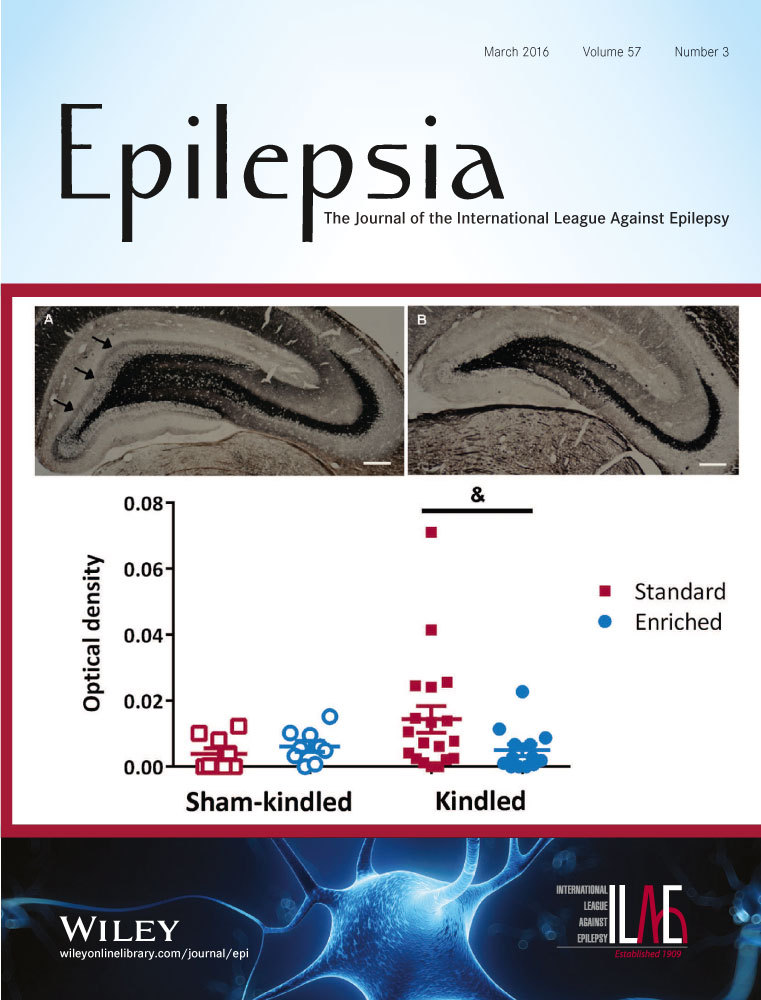Altered directed functional connectivity in temporal lobe epilepsy in the absence of interictal spikes: A high density EEG study
Summary
Objective
In patients with epilepsy, seizure relapse and behavioral impairments can be observed despite the absence of interictal epileptiform discharges (IEDs). Therefore, the characterization of pathologic networks when IEDs are not present could have an important clinical value. Using Granger-causal modeling, we investigated whether directed functional connectivity was altered in electroencephalography (EEG) epochs free of IED in left and right temporal lobe epilepsy (LTLE and RTLE) compared to healthy controls.
Methods
Twenty LTLE, 20 RTLE, and 20 healthy controls underwent a resting-state high-density EEG recording. Source activity was obtained for 82 regions of interest (ROIs) using an individual head model and a distributed linear inverse solution. Granger-causal modeling was applied to the source signals of all ROIs. The directed functional connectivity results were compared between groups and correlated with clinical parameters (duration of the disease, age of onset, age, and learning and mood impairments).
Results
We found that: (1) patients had significantly reduced connectivity from regions concordant with the default-mode network; (2) there was a different network pattern in patients versus controls: the strongest connections arose from the ipsilateral hippocampus in patients and from the posterior cingulate cortex in controls; (3) longer disease duration was associated with lower driving from contralateral and ipsilateral mediolimbic regions in RTLE; (4) aging was associated with a lower driving from regions in or close to the piriform cortex only in patients; and (5) outflow from the anterior cingulate cortex was lower in patients with learning deficits or depression compared to patients without impairments and to controls.
Significance
Resting-state network reorganization in the absence of IEDs strengthens the view of chronic and progressive network changes in TLE. These resting-state connectivity alterations could constitute an important biomarker of TLE, and hold promise for using EEG recordings without IEDs for diagnosis or prognosis of this disorder.




